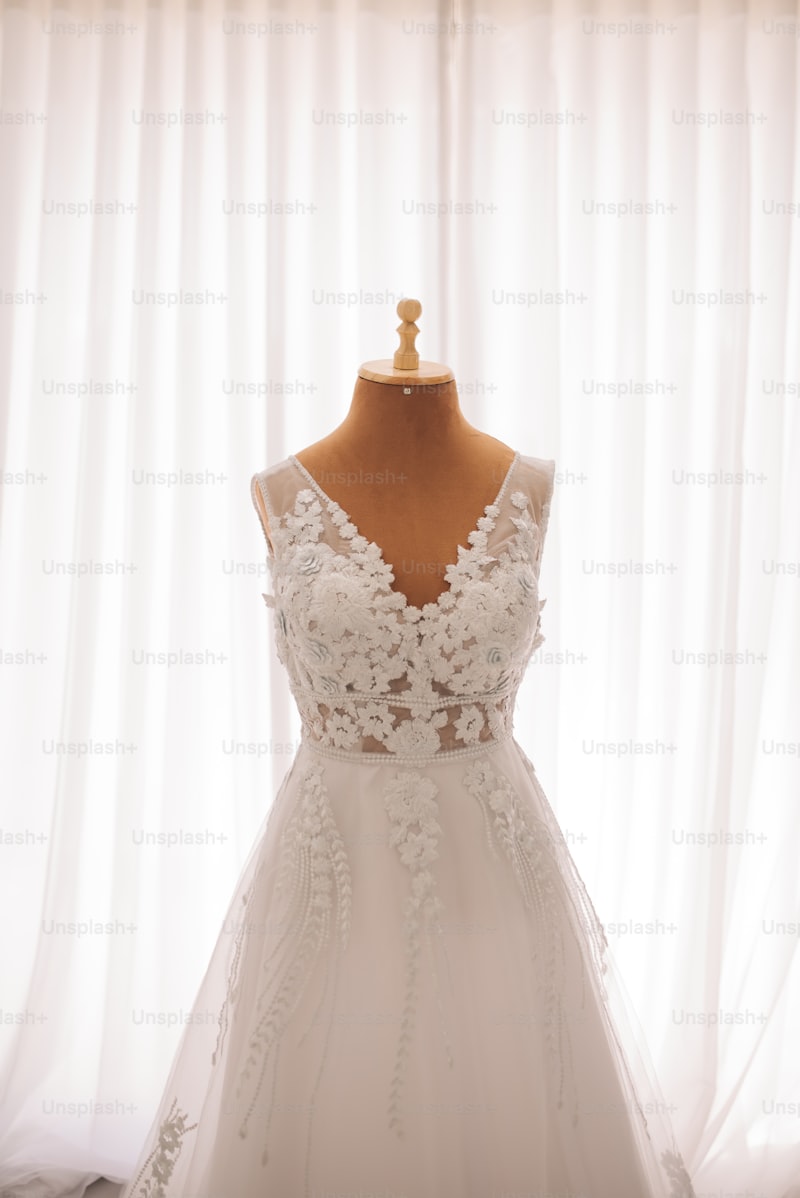The Art of Bridal Tailoring: Crafting the Perfect Wedding Gown
The Art of Bridal Tailoring: Crafting the Perfect Wedding Gown
Understanding Bridal Tailoring
Bridal tailoring is an intricate and specialized field within the fashion industry, focusing on crafting exquisite Wedding gowns. Every bride dreams of wearing a dress that not only reflects her personality but also fits perfectly. The process of bridal tailoring combines fashion artistry with technical expertise, ensuring that each gown is a unique masterpiece.
What is Bridal Tailoring?
Bridal tailoring involves the design and creation of Wedding dresses, taking into consideration the bride's silhouette, preferences, and the overall theme of the wedding. The goal is to achieve a perfect fit while using high-quality fabrics and embellishments. It encompasses a variety of techniques, including custom fittings, pattern making, and intricate hand-sewing.
The Importance of Professional Tailoring
A professional bridal tailor possesses the skills necessary to alter standard designs into something spectacular. Using tailored techniques, a skilled artisan can:
- Enhance the gown's structure and support.
- Create custom features, such as sleeves or bodices.
- Adjust the length to ensure that the dress complements the bride’s height and shoe choice.
- Incorporate specific details, like embroidery or beading, that hold sentimental value.
By relying on professional tailoring services, brides can achieve a look that is uniquely theirs, setting the tone for an unforgettable day.
Choosing the Right Tailor
When searching for a bridal tailor, several factors need consideration:
- Experience: A tailor specializing in bridal wear should have ample experience in working with various fabrics and styles.
- Portfolio: Reviewing a tailor's past work can provide insight into their style and quality.
- Reviews: Customer feedback can reveal the tailor’s reliability, professionalism, and ability to meet deadlines.
What to Expect During a Bridal Fitting
During the first bridal fitting, the tailor will take measurements and discuss the bride's vision for her gown. This is an essential step to customize the dress according to body shape. As fittings progress, several adjustments may be required to ensure comfort and aesthetic appeal.
Typical Fitting Process:
| Fitting Stage | Purpose |
| First Fitting | Create the initial structure of the gown and make basic adjustments. |
| Second Fitting | Refine alterations and check for comfort; add any custom features. |
| Final Fitting | Ensure everything is perfect and make any last-minute adjustments. |
Types of Fabric Used in Bridal Tailoring
Choosing the right fabric is crucial for the overall appearance and comfort of the gown. Popular fabrics in bridal tailoring include:
- Silk: Known for its luxurious feel and natural sheen, silk is a popular choice for Wedding gowns.
- Lace: Often used as an overlay, lace adds intricate details to Wedding dresses.
- Tulle: Light and ethereal, tulle is frequently used for skirts or veils.
- Satin: With a smooth finish, satin offers a classic look and drapes beautifully.
Embellishments and Custom Features
Bridal tailoring allows for a level of customization that can elevate a wedding dress to new heights. Embellishments, such as:
- Beading: Adds sparkle and elegance;
- Embroidery: Incorporates personal or cultural elements;
- Appliqué: Uses different fabric overlays to create texture.
These elements can be added during the tailoring process, resulting in a gown that is truly one-of-a-kind.
Bridal Tailoring Trends in 2023
As we move through 2023, several bridal tailoring trends are shaping the industry:
- Sustainable Choices: Eco-friendly fabrics and ethical production practices are becoming more popular. Brides are increasingly conscious of their environmental impact.
- Custom Silhouettes: Many brides are opting for unique silhouettes that break away from traditional gown shapes.
- Mix and Match: The trend of creating separates, allowing brides to mix different pieces for a personalized look.

Frequently Asked Questions About Bridal Tailoring
Brides often have several questions regarding the process of bridal tailoring:
- How early should I start looking for a tailor? It is recommended to begin the search at least 6-9 months before the wedding date to allow enough time for fittings and alterations.
- What should I bring to my fitting? Bring any accessories, heels, or undergarments you plan to wear on your wedding day.
- How much does bridal tailoring typically cost? Prices can vary widely depending on the complexity of the gown, but on average, tailoring services may range from $200 to $600.
Conclusion: The Importance of Bridal Tailoring
In conclusion, bridal tailoring is an essential service that transforms a dream wedding gown into reality. The personalization and precision involved ensure that each bride can walk down the aisle in a dress crafted just for her. As you embark on this journey, remember to choose a devoted professional and be open to exploring creative options. This approach not only allows you to express your personal style but also makes your special day memorable.
By keeping these considerations in mind, every bride can enjoy the exquisite process of tailor-made bridal wear, culminating in a wedding gown that is as unique as her love story.
